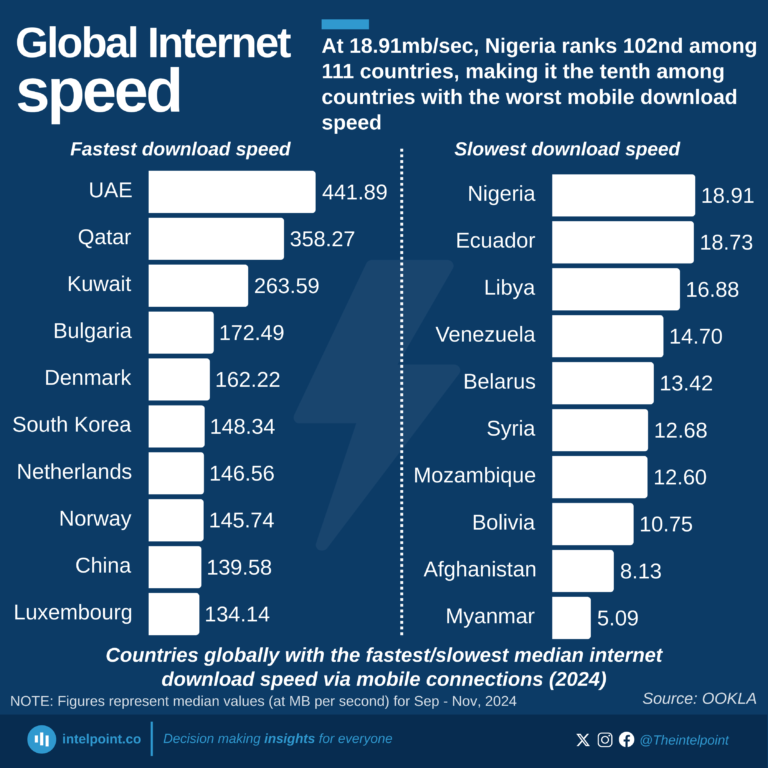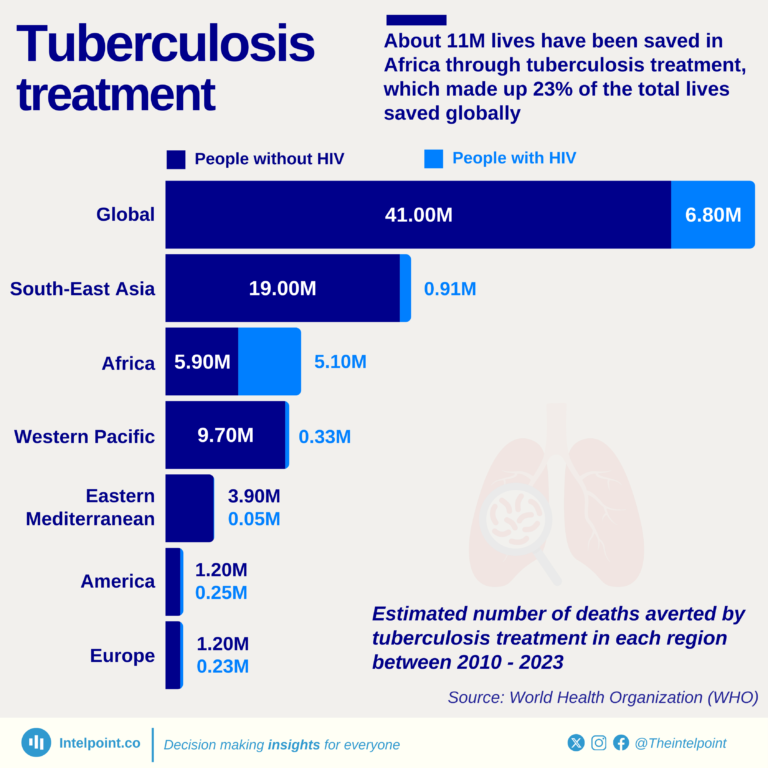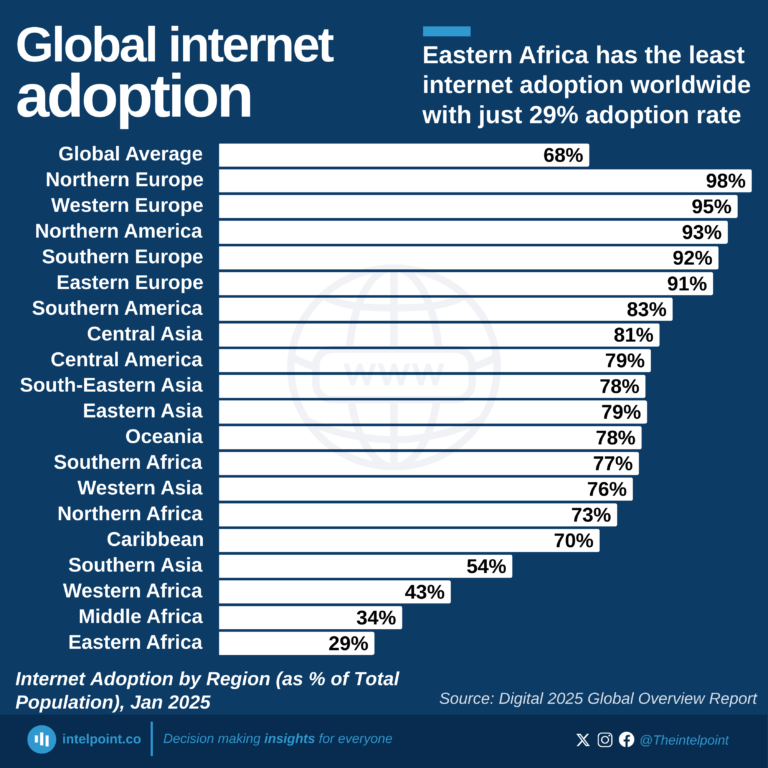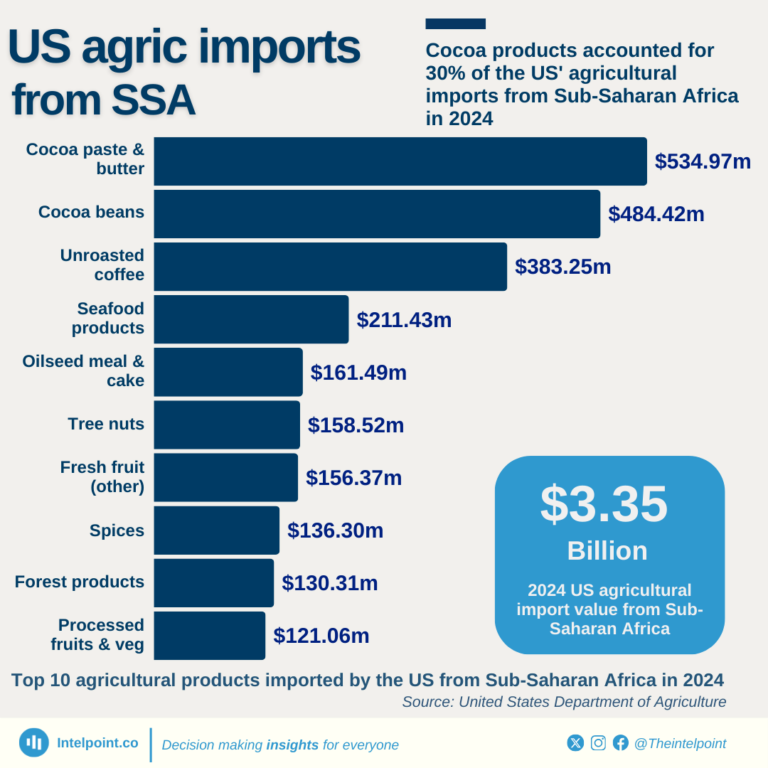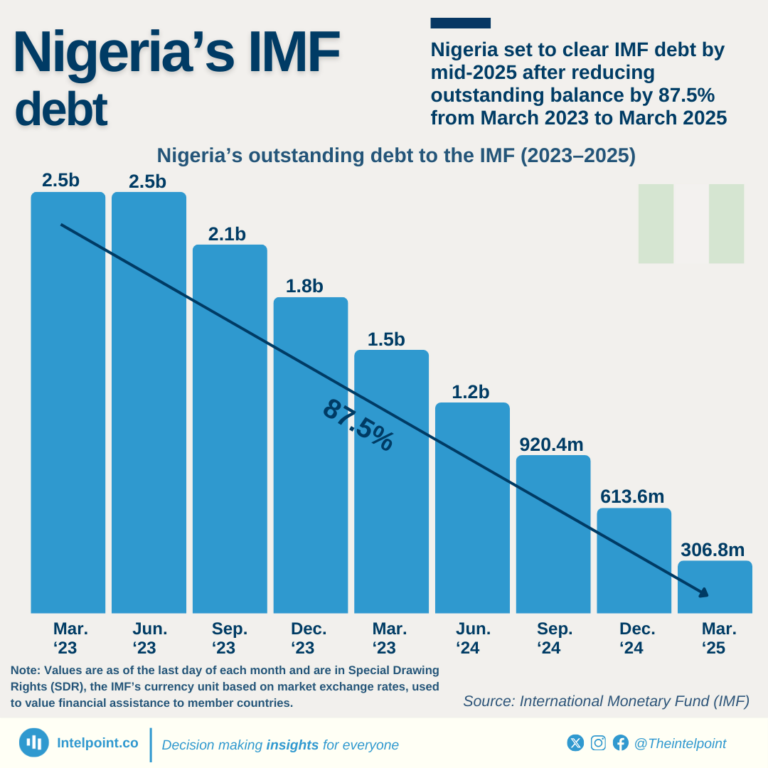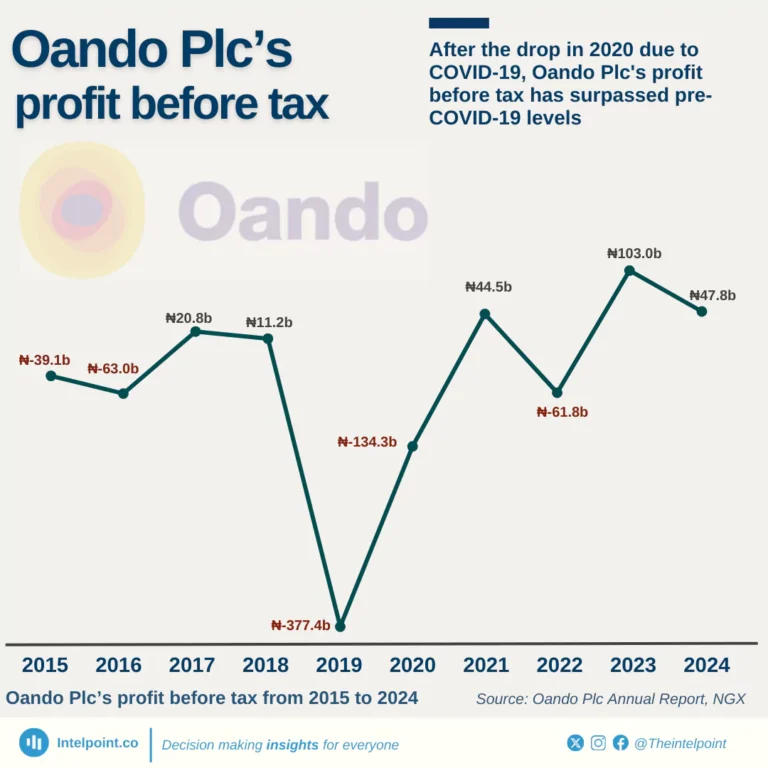
The massive six-hour outage that took down Facebook, Instagram, and WhatsApp on October 4, 2021, is estimated to have cost Nigeria more than any other African country. Here are the top 20 most affected African countries.
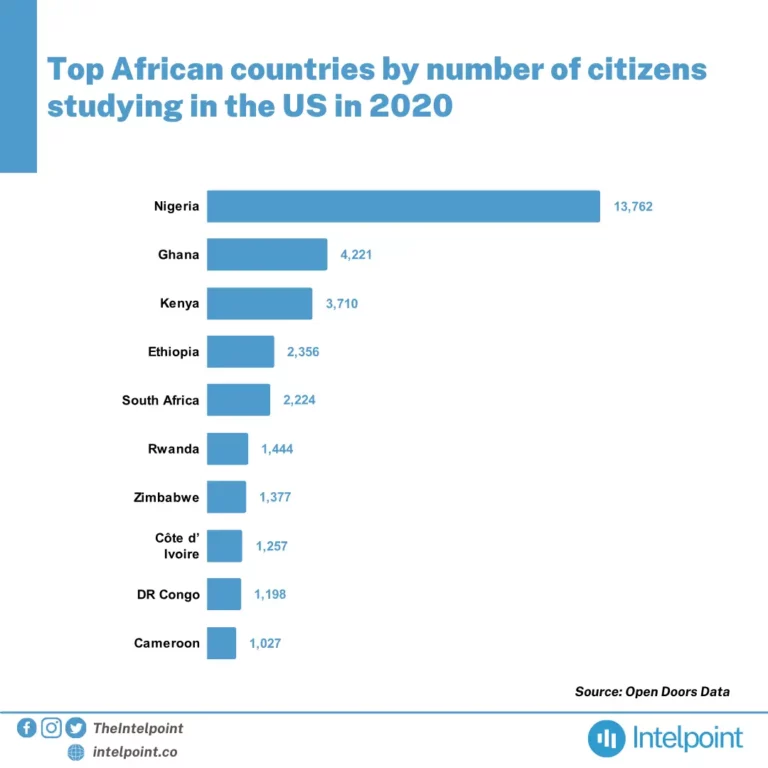
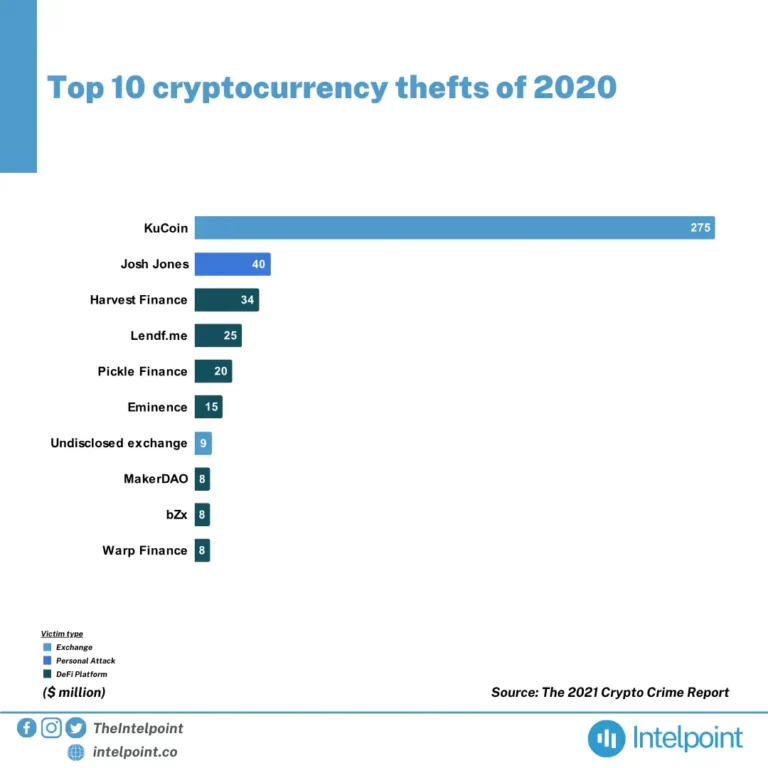
According to Chainalysis, over $520 million worth of cryptocurrency was stolen from services and individuals through hacks and non-technical attacks like social engineering and phishing efforts in 2020.
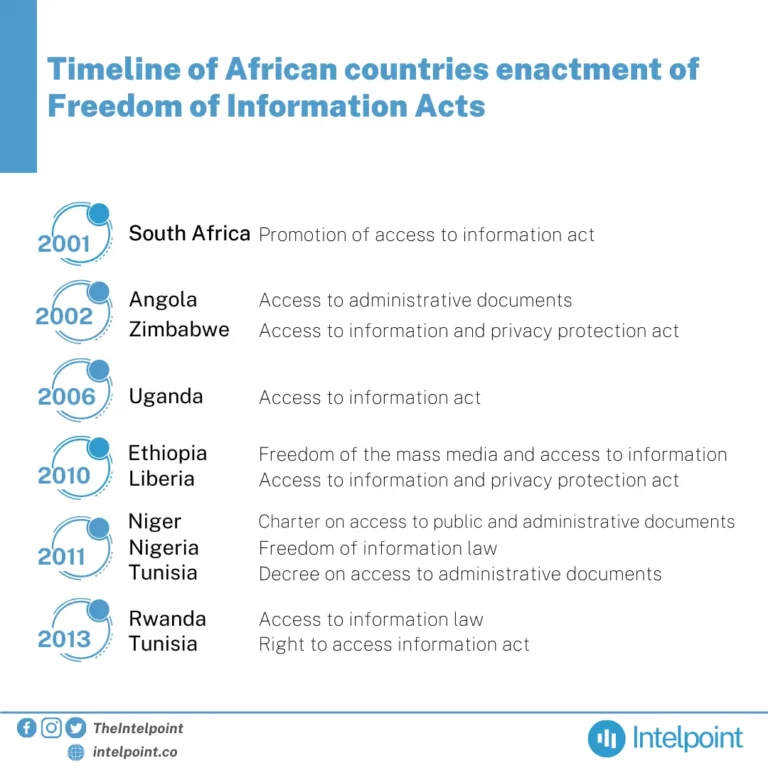
As of 2021, only 10 African countries have enacted a Freedom of Information (FOI) Act with three of these countries enacting theirs in 2011. South Africa was the first country on the continent to enact a FOI act in 2001.
